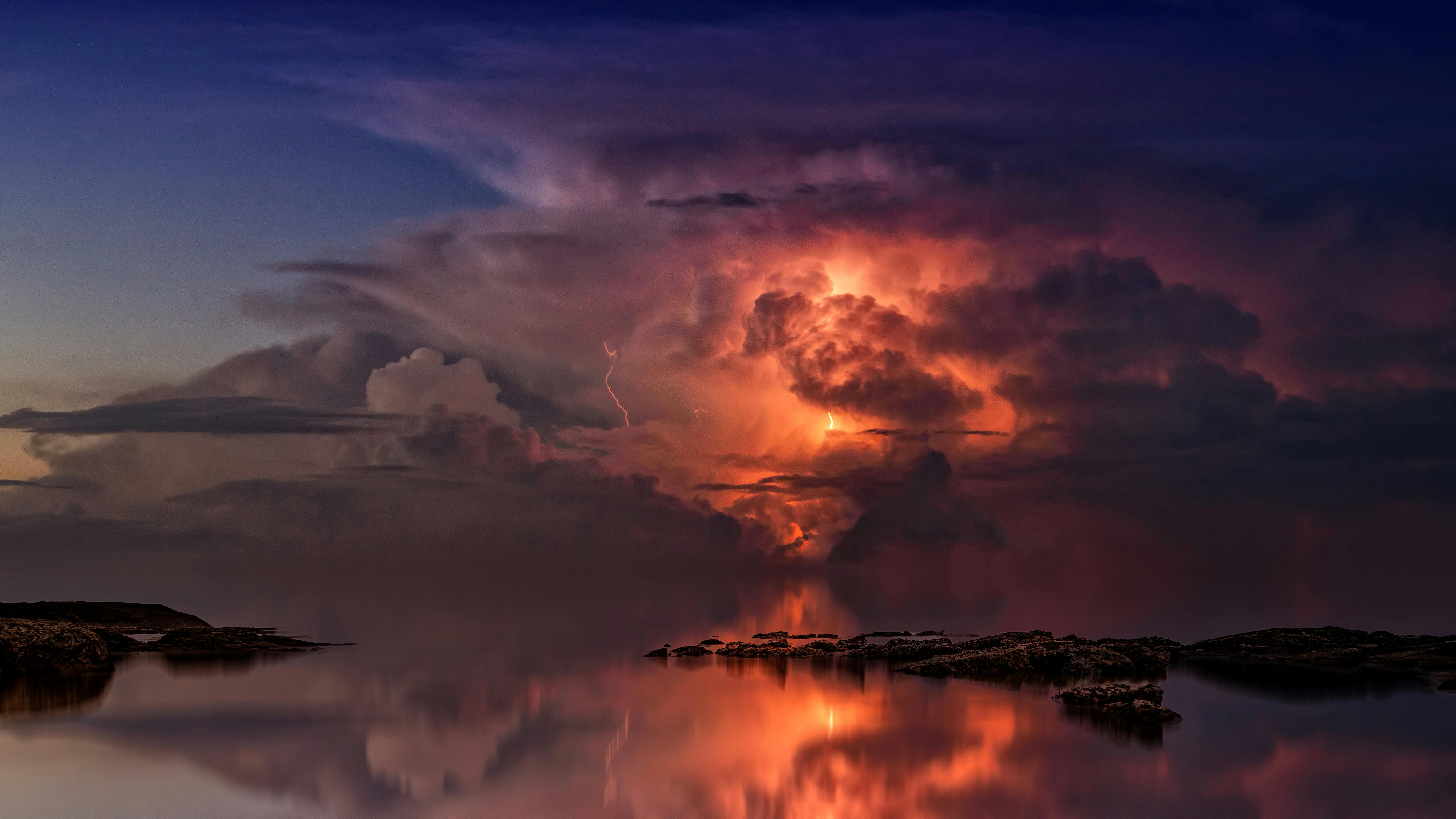robert wood
I’m thinking if any of us can figure out a way to do a search for paintings when we know the painting but not the name of the artist or the title of the work, those of us who design that reverse word search engine will be the next millionaires. of Google! I mean, wouldn’t it be nice to put the image in our heads in the search bar and retrieve the date, title, and artist name?
Oh good. Meanwhile, there are many excellent artists who deserve to be named and whose work should be discussed, by title and description. Today’s featured artist is Robert Wood.
Considered a master of the American landscape, Robert Wood was for decades, one scholar says, America’s best-known landscape painter. Born and raised by father WL Wood, who was also a painter of Victorian pieces, Robert showed skills and abilities early. He studied painting at Folkstone, a town near the White Cliffs of Dover and Sandgate (where he was born and raised). He served for a time in the Royal Army, then emigrated to the United States, where he first worked on a farm, then traveled the country (moving with the family, often) recording in lavish detail the environment he would later describe.
After traveling and living in Florida, Los Angeles, Ohio, and elsewhere, and after settling in Texas, Robert Wood went on “drawing trips,” according to one authority, detailing the waterfalls, the great lugs, the high Sierras . , the Rocky Mountains and Yellowstone National Park.
For seventeen years, Wood devoted himself to artistic pursuits, in what would become hundreds of paintings such as “Evening in the Tetons”, “Texas Spring”, “Texas Blue Bonnets” and “Desert in Spring”; and then he would move to Laguna Beach in California, to give us such impressive paintings as “Monterey Coast”, “West Wind” and “Pacific Coast”.
While each and every one of Robert Wood’s paintings is vibrant with rabbit-blue or dreamy blue expanses in muted greens and subtle golds, for example, and while his work was consistent and highly regarded in its original form, which also contributed to the popularity of the painter was the practice of reproduction.
According to artist, lecturer, and art dealer Jeffrey Morseburg, Wood’s reproductions went further and in greater volumes than his originals, covering the entire United States and finding homes in Europe and elsewhere (supposedly, even Africa!).
When you see a Robert Wood, then you will know. Or will you? Can it be a reproduction?
